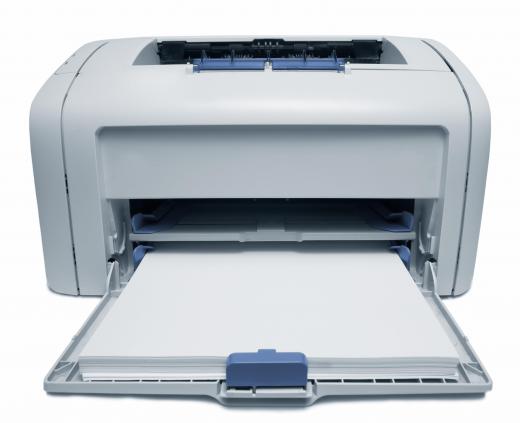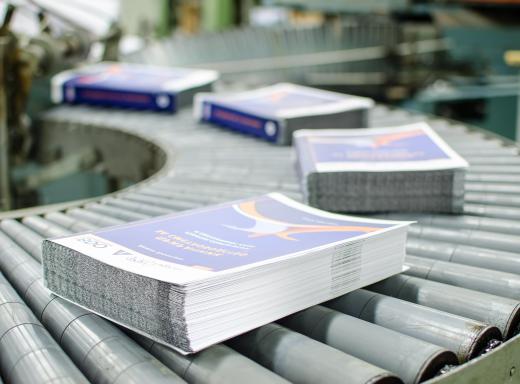Printing quality control is often an extensive facet of business for professional printers. This largely relies on standard operating procedures (SOP) that depict expected software application settings and manage color quality control. Color often relies on many factors, including ink, paper and environmental conditions. After the SOP is formally adopted, many printers turn their attention to individualized customer service. This is likely to include tailored quality and cost packages as well as random testing of the finished product to ensure its accuracy.
Different types of quality control processes are implemented in various industries. In manufacturing, for example, some quality procedures are used to prevent product defects, while others work to correct them. The printing industry also maintains quality control standards that often relate to internal processes, individual projects and customer-specific needs.

Quality control in printing usually begins with a printer’s standard operating procedures (SOP). These measures often ensure consistent practices and color reproduction throughout the facility. One key point often addressed in the SOP is software application settings for all workflow computers. Upgraded software versions are likely to have different default settings, such as illustrated by the Adobe® suite platform. Those differences may lead to significant changes in color values and ultimately cause a distorted product.

The International Color Consortium (ICC) specification, published as an International Standard in 2005, has helped to establish the standards of color for high quality printing. This specification is a format designed to consistently move electronic data between different operating systems. In turn, flexibility is afforded to both clients and printers. To illustrate, clients are ensured their images and profiles retain color integrity throughout the printing process, and printers can create a usable profile for multiple operating systems.
Another aspect of the SOP is likely to be color quality control. Management of this often creates predictable and repeatable image reproductions using such devices as printers, scanners and digital cameras. Similar to the whole of printing quality control, color management often depends upon several variables. Among these are choice of ink and paper and product exposure to light, air and heat.
Inkjet printers often use dye- or pigment-based inks. Laser printers, on the other hand, are likely to use toner. Various benefits can be gleaned from each of these, although some printers may prefer one product over the other. In many cases, such options are explained to the customer before the product is delivered.
Unlike ink, which may reflect the printer’s preference, paper choice is often selected by the customer. Products with a glossy finish or added optical brighteners may react negatively to air particles and ultraviolet light. This in turn can influence long-term print quality. Some professional printers thus recommend premium archival paper intended to resist fade, moisture and wrinkles.
Product exposure to the elements may further impede printing quality control. Many companies thus encase printouts in plastic sleeves and store them in cool, dark environments. The customer is likely to receive similar instructions upon receipt of the product. Without such measures, dyes may run and disrupt the color balance or sharpness of the printout.
Once specific operating procedures are instituted, each printing job often needs personalized attention. Customer service is likely factored into this equation, whereby printers try to exceed the quality delivered by competitors and also meet the customer’s needs. Price is likely to be a factor with printing jobs, as some customers may be willing to sacrifice a degree of quality in exchange for reduced costs. Printers may thus need to provide options with graduated levels of quality.
Measurements performed before product delivery often indicate a company’s use of printing quality control. The printing equipment, for example, can often test the run- and printability of intended paper. This equipment may also demonstrate the purity, strength and drying of inks.
When checking a sample printout, the presented color may be inspected to determine consistency. If considering book quality control, page sequence can often be reviewed for accuracy. Some printing facilities establish staff committees that measure total printing quality control. Others, however, may rely on customer feedback to determine if expectations were met or if a more superior product may have been delivered.
